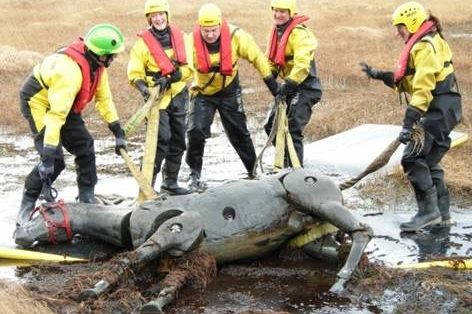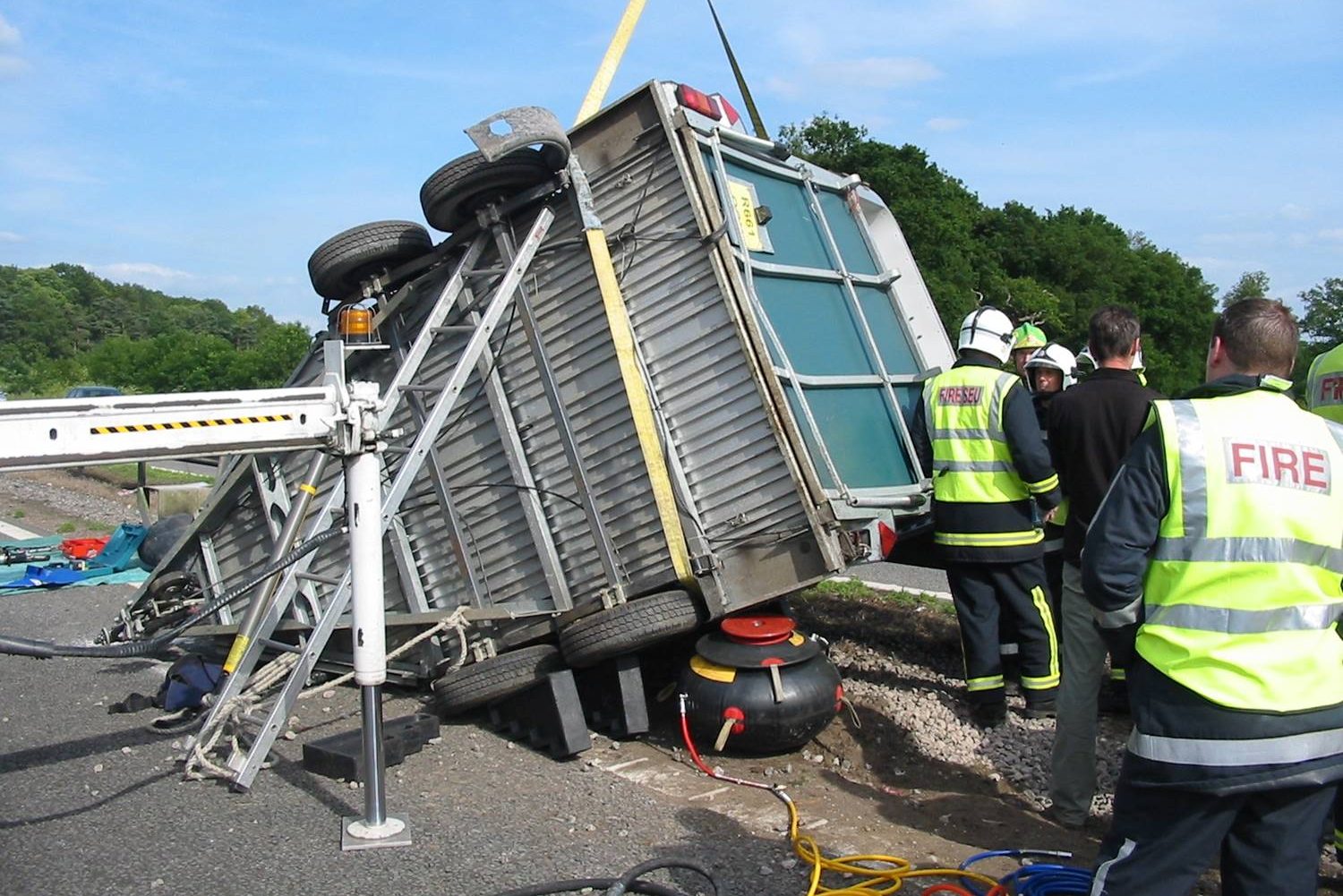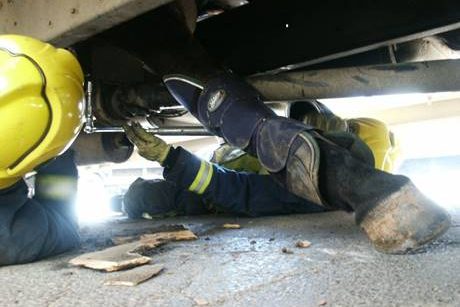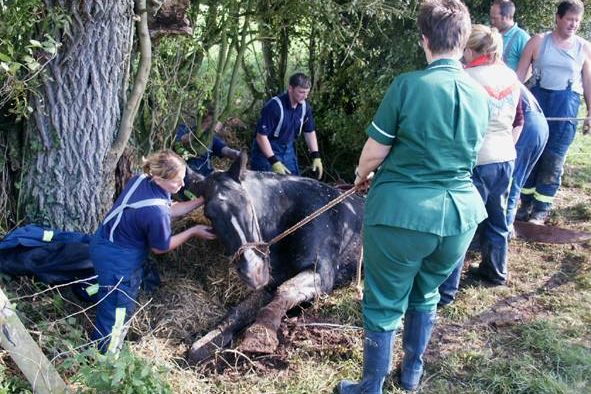The Fire and Rescue Service & veterinary profession are working together to create local networks of trained horse rescue teams. As well as an incident command system there will be consistent operating procedures, and specialist training for fire and rescue personnel. Vets are an essential part of the team as they can ensure the horse is cared for appropriately with sedation, anaesthesia, triage and safe handling as well as ensuring police/firefighter safety.
Specialist equipment is used including head protectors for horses, pumps to raise overturned vehicles and slides to move sedated horses away from the accident zone.
Where vehicles are involved, PRP Rescue transport service are a Nationwide emergency responders to horse vehicle breakdowns.
Examples of the teams in action include:
22 October 2108 BBC News – Horse rescued from a swimming pool in Dorset

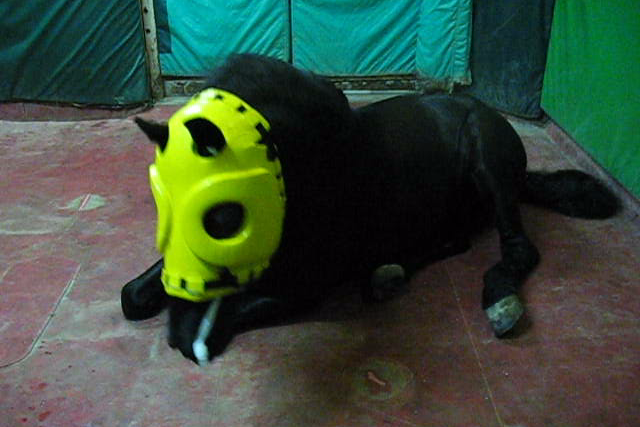
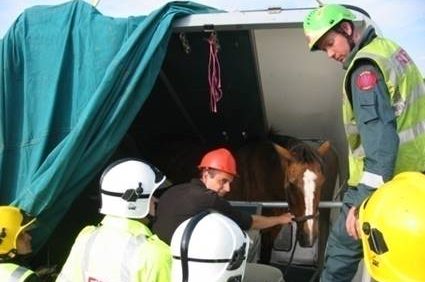
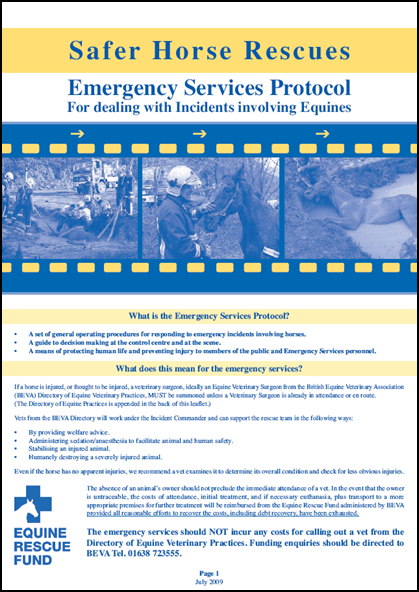 Protocol for 999 call emergency control rooms
Protocol for 999 call emergency control rooms

